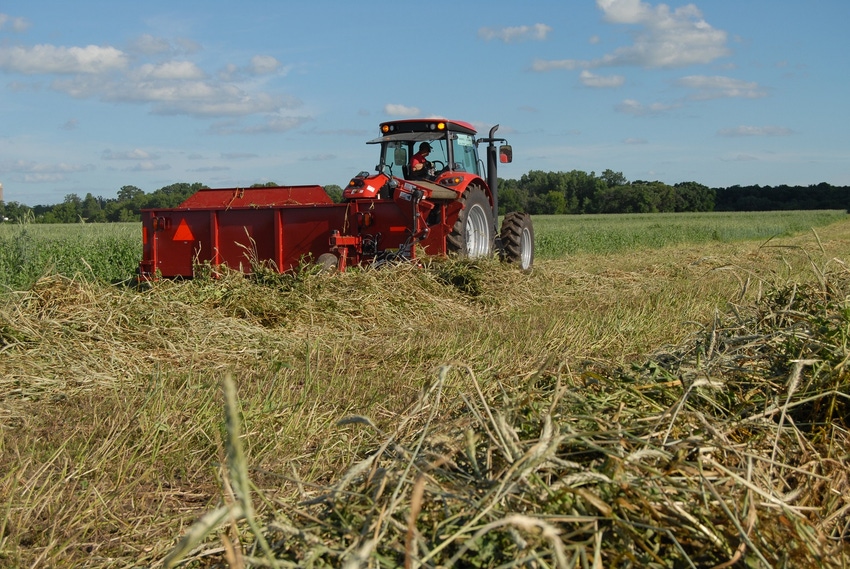
Those of you who have read my ramblings over the years know that I am not a fan of industrial agriculture.
There are several reasons for this position but the main one is that industrial agriculture simply does not work. It is not sustainable, much less regenerative. It produces a lot of product but at a cost that is unacceptably high.
Agriculture, once the premier generator of new wealth in the world, is now wealth-consuming and dependent for its existence on subsidies from outside the system.
The problem goes beyond the cost of products being too high in dollars and cents. In many and perhaps most areas, we are trading our natural resources – top soil, water, biodiversity – for dollars. This is a mining operation, not a growth operation.
In less than two generations, the organic matter content of most of our soils has plunged. It is difficult to find an area that has half of its historic level of soil organic matter remaining. The production practices of what passes as conventional agriculture today: tillage, acid-salt fertilizers, and removal of grazing animals from the farm, guarantee that soil organic matter will deplete rapidly.
Yet it is this soil organic matter that provides the home and food for soil life. It is the soil life, from bacteria and fungi up to earthworms and burrowing mammals that create the conditions that allow soil to take in and hold water and air. Soil life does the heavy lifting of soil formation. Without robust biology, soil productivity plummets, mineral cycling slows as the decay cycle breaks down and both insect and disease damage increases. Attempts to kill these pests with poisons seem to work short-term, but creates the conditions which will cause even worst outbreaks of pests later.
It does not have to be this way; we can have a highly productive and profitable agriculture that is regenerative rather than degrading. The largest problem in bringing about this agriculture is not technology; we know how to make this happen on the land. There are producers all over the world who are highly productive and profitable and at the same time regenerating resources.
This is not something new: It has been going on in various places for thousands of years. Only with the advent of cheap chemical fertilizers and pesticides has the knowledge of the years been replaced with a quick fix philosophy that, at first, appears to work. For more insight, read Sir Albert Howards' An Agricultural Testament.
The real problems are people problems. We have a lot of people involved in various phases of agriculture who, having grown up with chemical agriculture, cannot believe that profitable and productive agriculture is possible without the ever increasing outside inputs. They are true believers in the absolute necessity of waging total war on weeds, insects and disease organisms with ever-more-powerful pesticides. Reality is that most of these ills of agriculture -- weeds, insect pests and disease -- fade to insignificance in the presence of healthy soils.
The problem is there are few truly healthy soils being farmed in the industrial mode. Since the widespread adoption of chemical soil analysis at the end of the second world war as the hallmark of soil fertility, adequate amounts of N, P and K, with pH in the proper range for the crop being grown was and is considered a sufficient soil test.
Soil organic content was seen as unimportant and soil life, if considered at all, was deemed another source of pests. An article in one of the USDA Yearbooks of Agriculture from the 1950's says, "If dung beetles bother you, DDT will kill them."
Every so often someone with this type mindset sets up a research project comparing conventional production to so-called organic production. The typical trial takes land that has been farmed with all the conventional practices, divides it with one portion continuing standard practices while the other part receives nothing but seed and tillage. The resulting wreck is then highlighted as proof that "organic" agriculture does not work.
There are numerous examples demonstrating that good management can replace what ACRES publisher Charles Waters called "toxic chemistry rescues."
The work of Richard Teague, Texas A&M University professor, on north Texas ranches, together with Rodale Institute's work with cropland, shows that we do not have to degrade the environment to feed our people. It can be done but we will need to replace dogma with logic.
About the Author(s)
You May Also Like




